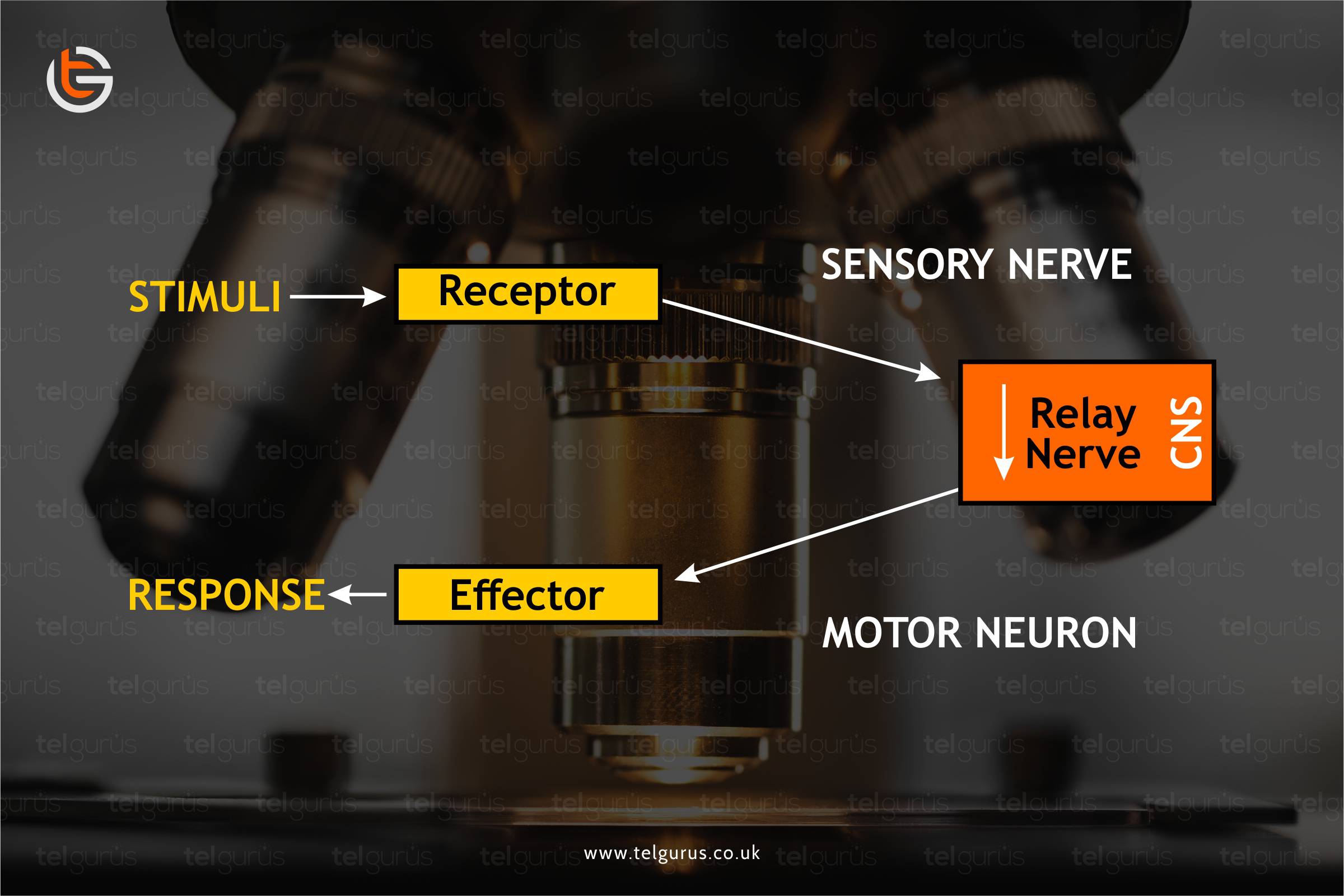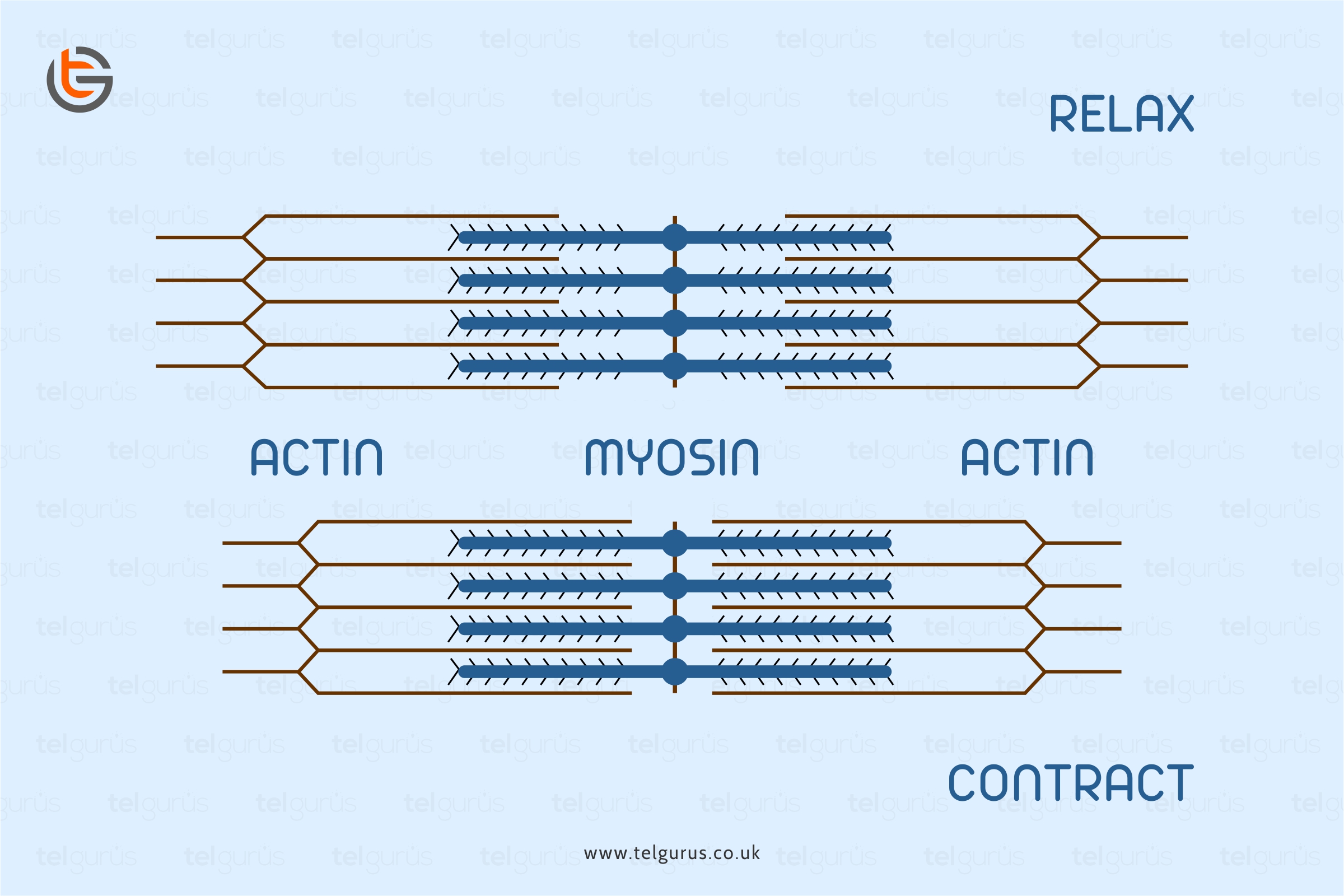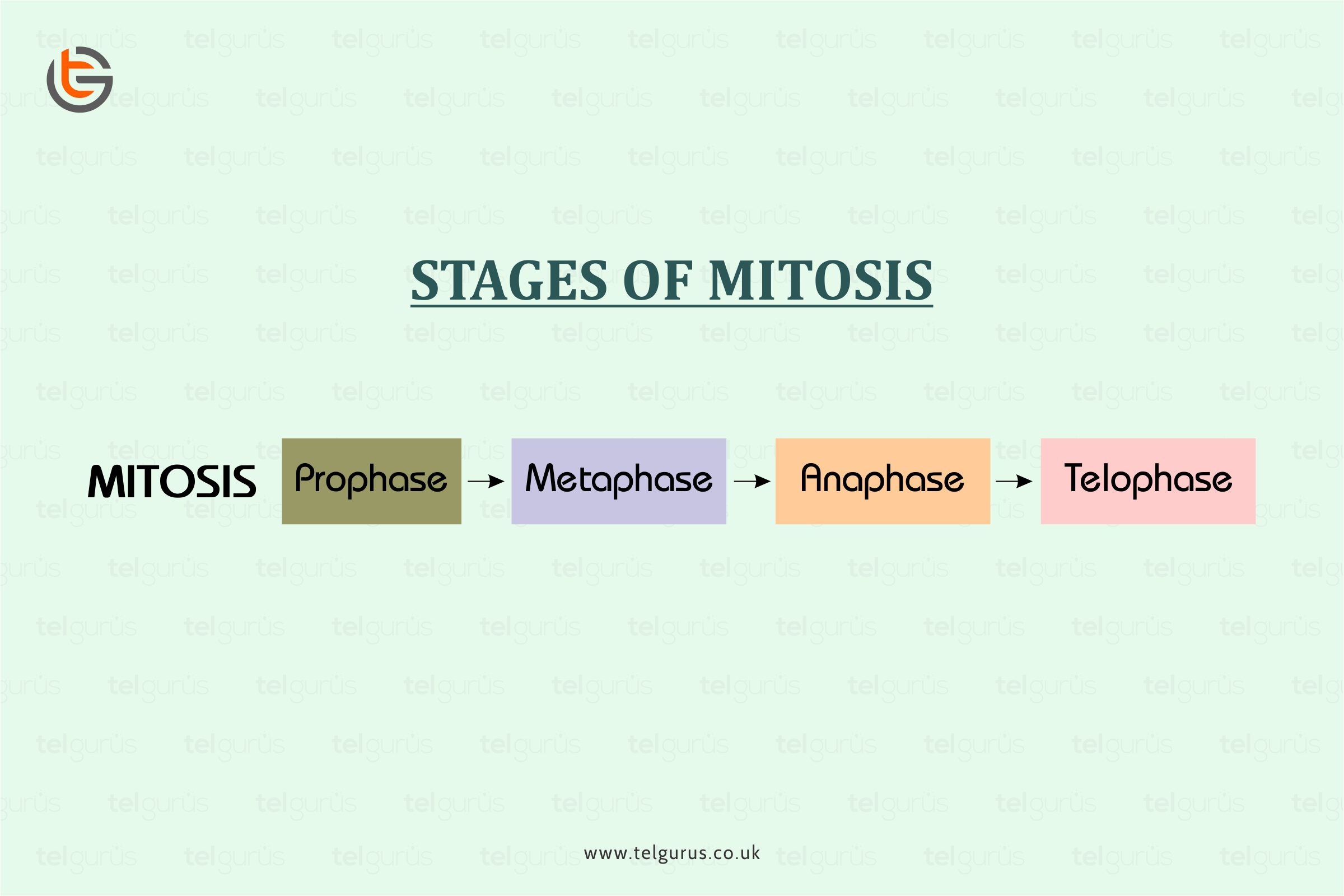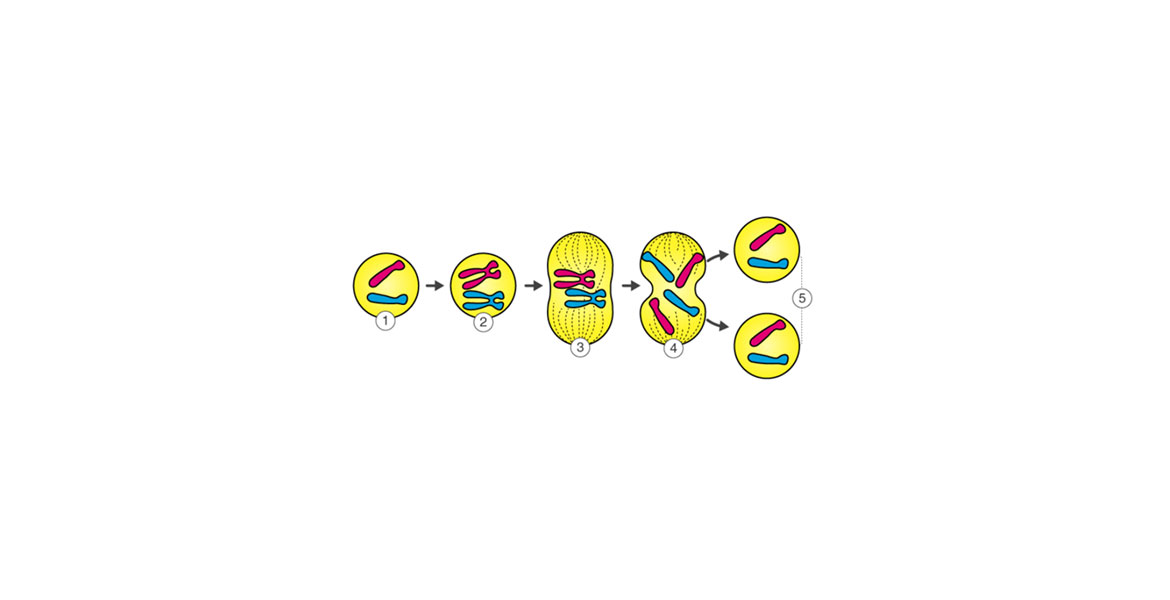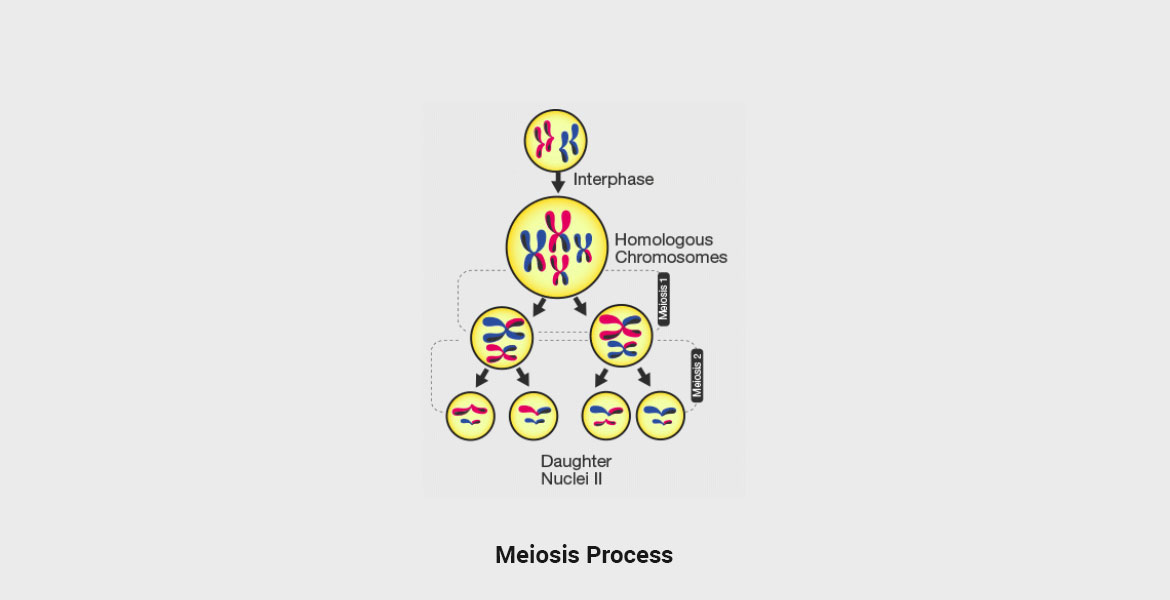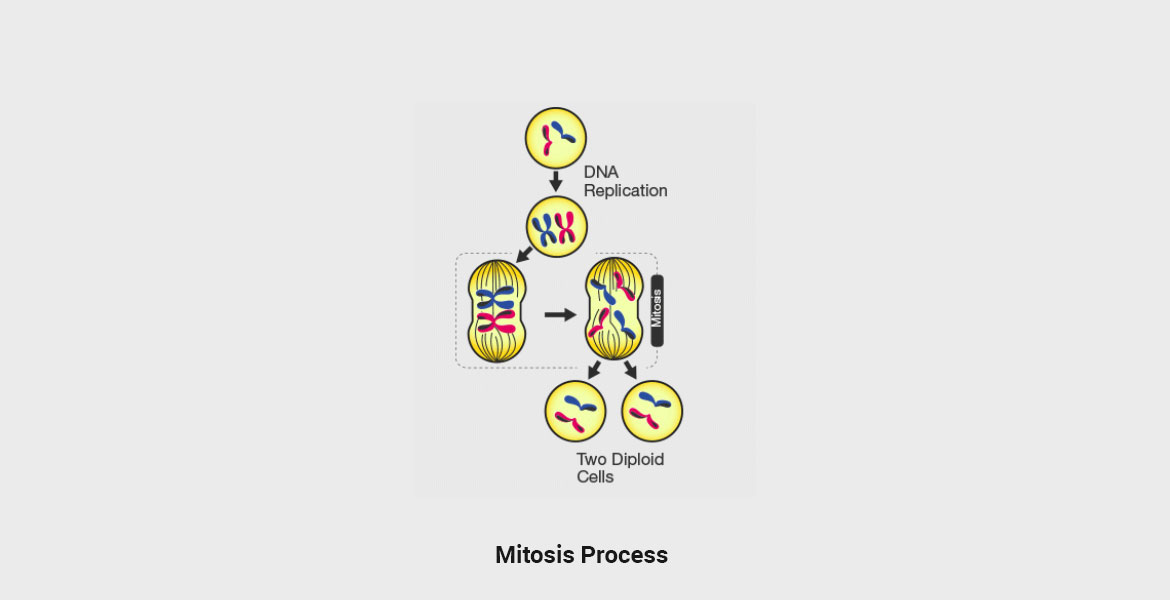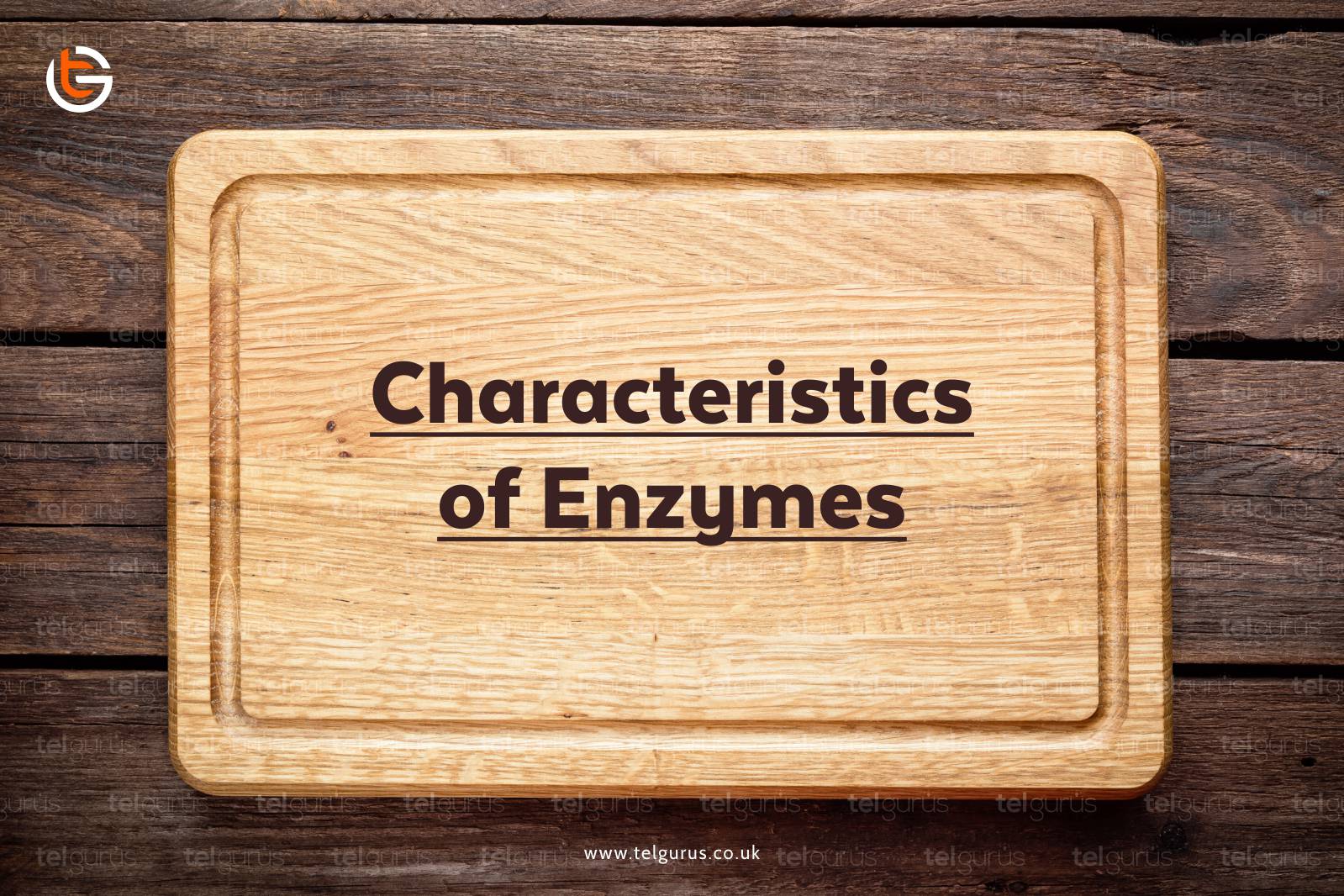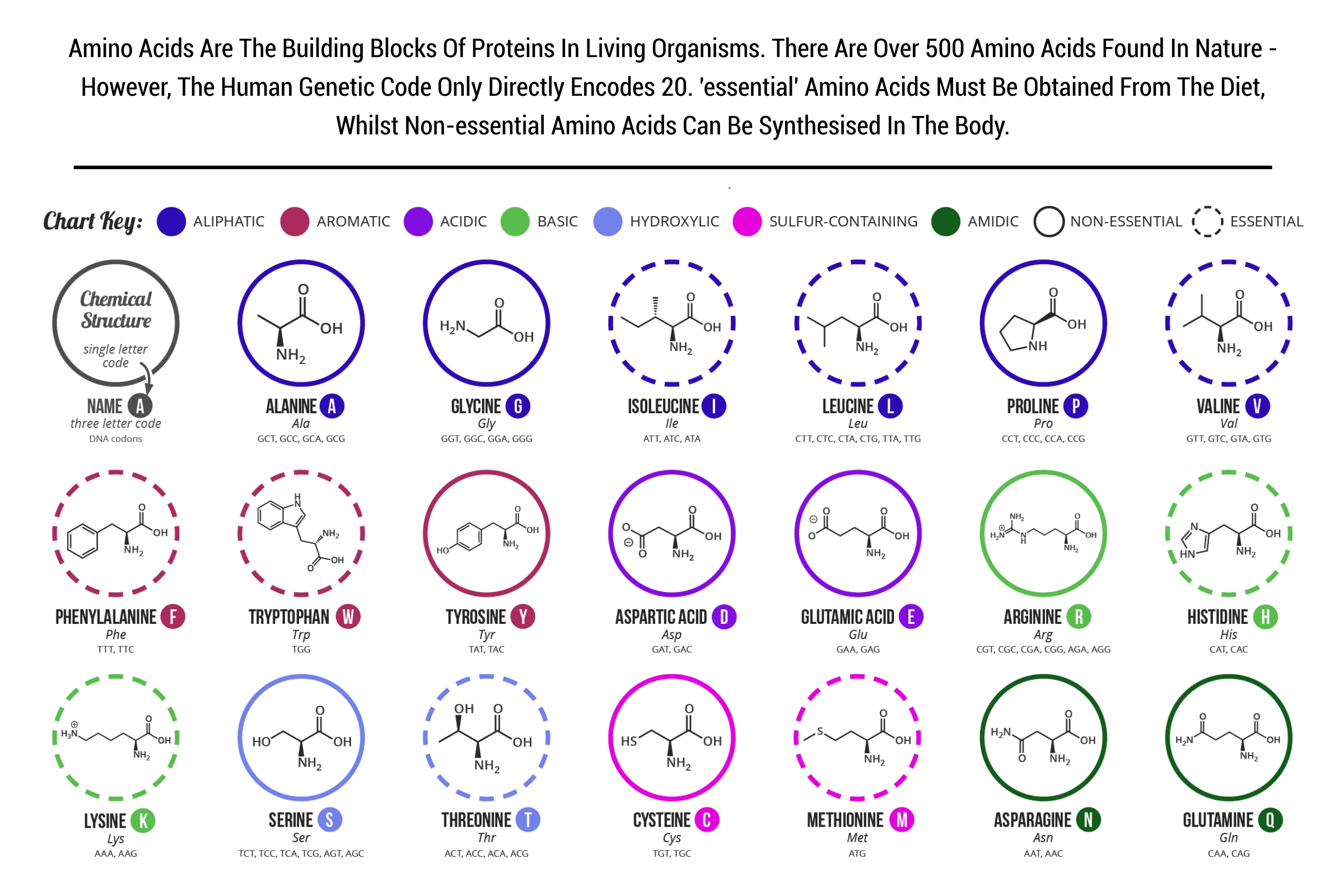The series of actions occurring within a fraction of seconds in response to a situation is what refers to control and coordination. How you react to a hot cup of tea when you dip your fingers in it; how you change your path while walking after hearing a car horn, and many more. All these require a response or change to a situation is known as control and coordination.
A human body is indeed a complex machine performing several processes and functions to sustain and maintain life. The same way control and coordination take place in human beings through the nervous and endocrine systems. The response and coordination involve the sense organs, hormones, and nervous system.
The nervous system consists of nerve cells and nerve fibers that transmit nerve impulses between several parts of the body. The nervous system in animals synchronizes the function by sending signals from and to different parts of the body.
The nervous system generally brings it about after detecting any physical response on any body part because of several changes, including pressure, light, temperature, etc.
A neuron is the nervous system’s structural and functional unit that receives and transmits electrical nerve impulses. A neuron consists of the cell body, axon, and dendrites, where the dendrites receive the impulses from other neurons then the cyton processes the impulse.
Axon then transmits the impulse either to muscles or other neurons. However, the axon is categorized into myelinated or non-myelinated, out of which the myelinated has a faster impulse transmission.
If you are fond of learning, then TEL Gurus can be a one-stop solution for Online Tuition! Connect now to get enrolled.
